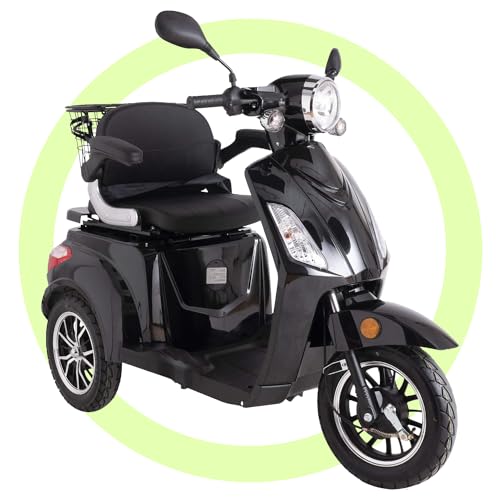What Is Personal Transportation?
Private transportation is the use or private transportation vehicles. This can include bicycles, cars, scooters and unicycles. It can also refer the use of public transportation systems.
Private transportation can save you time and help you get to your destination faster. Additionally, private transportation is more comfortable and offers privacy that's not available on public transportation.
Cost
The cost of personal transportation can be a major expense for many families. This can make it difficult for them to invest or save money in other areas. The price of fuel can be a significant expense. There are ways to reduce your transportation costs.
Despite these benefits, some people still prefer to use private transport to commute. They consider it the most convenient and comfortable way to travel. They can even opt to hire a chauffeur for their travels. The cost for this kind of transportation is usually higher than public transportation, however it can provide greater security and peace of mind.
As EVs benefit from advancements in battery technology and charging infrastructure, among other areas, the future of personal transportation is likely to be electric. In addition, EVs will have lower emissions than traditional vehicles and are more accessible. This will make it easier for many people to make the switch from gasoline vehicles to EVs, which will help reduce GHG emissions and traffic congestion.
The advantages of public transport are numerous and can be a great alternative to private transport. In comparison to private vehicles public transportation is more affordable and more environmentally friendly. Additionally, it offers many benefits and is often fitted with security cameras to ensure the safety of passengers. It can also help passengers avoid parking charges and maintenance. The main downside of public transportation is that it can occasionally be slow and unpredictably. It can also be challenging to travel with elderly or children people. This can cause delays and result in a missed medical appointment.
electric city scooters is an important factor.
The time required to complete a personal transportation task can affect people's lives. People with busy schedules often find that their commutes are too long. People can cut down on the amount of time they spend commuting by taking a carpool or working from home, or residing near to their job. You can also cut down on time by walking or riding bikes instead of driving.
The development of new technologies could transform the field of personal transportation. This includes electric vehicles that have solid-state batteries that provide longer ranges and faster charging times. These technologies also improve safety and reduce traffic congestion by optimizing traffic management. Another significant development is autonomous cars that offer more convenient and enjoyable travel experience. They can aid people in staying fit by ensuring they are moving.
You can also learn more about Privacy.
Privacy is a key aspect of personal transportation. People who value privacy prefer to drive or ride in private vehicles, rather than using public transport such as trains or buses which are shared with strangers. Additionally, public transportation is often considered to be less secure than private transportation which could affect the safety of individuals. This can be especially relevant for people who are elderly who are more vulnerable to concerns about safety.
The lack of privacy could be a major problem for travelers with children. Sharing the same space as other passengers can be a stressful experience for children and result in behavioral issues such as aggression and hyperactivity. Parents are increasingly opting for private transportation to ensure their children's privacy. This can also reduce the anxiety of traveling with children, as well as the amount of time spent commuting. This will help you reduce the cost of childcare.
Convenience
Personal transportation is an integral part of our daily lives. However the decision you make could have a significant impact on your health and well-being. Before choosing the best mode of transportation for you it is crucial to weigh up the pros and cons.
Some people prefer public transportation because it is more affordable and requires less maintenance than private transport. Additionally, it has a lesser environmental impact, as it does not emit more carbon dioxide per passenger. You can also save on fuel and parking costs, and enjoy more convenience and flexibility on your daily commute.

However, public transport can be unstable, and there are some risks associated with it. In certain instances you may be exposed to crime or fail to get to your destination in time due to weather or mechanical issues. In addition the majority of train and bus routes are crowded making it difficult to move around and relax.
Private transportation, however, is a great alternative to travel around in comfort and in complete privacy. It's generally faster than public transportation, and you'll be able to avoid crowds when you travel in a private vehicle. It's also more convenient than driving a car, as it lets you choose your own route and stops.
Despite all these advantages, the majority of people prefer to use cars as their primary mode of transportation. It could be due to the fact that they are more comfortable or have a greater value. In the near future we could see an enormous change in personal transportation, as electric vehicles (EVs) become cheaper and easier to charge.
In a recent study, researchers from MIT looked into what factors influence people's choices for modal transportation. They discovered that although safety is a major factor but it doesn't play a major role in determining modal choice. In fact the most important factors are speed, availability and cost. This is in line with previous studies on modal choice and will likely to continue in the near future. Similar to this, a battery technology that utilizes solid state batteries could further enhance the efficiency of EVs, allowing them to travel farther distances making use of the same amount of power.
